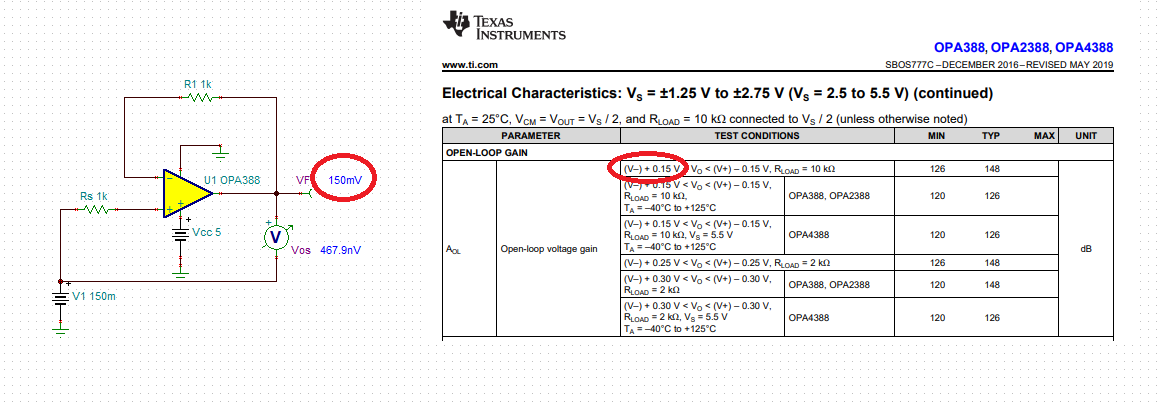Other Parts Discussed in Thread: TLV3201, OPA320
Hello Team,
We are using OPA388IDBVT Op-amp as unity gain voltage follower and see an issue with output when we feed clock signal at input (Sine wave).
We see a variation of around 0.5Hz on 2KHz input signal at output when we do the thermal cycling from +25 to -30 C. In this case, Op-amp is powered on and error observed during ramp down condition. After stabilizing at -30C, we are not seeing this error.
Please help us by sharing the Thermal Coefficient of input offset voltage drift, input offset current drift and input bias current drift for OPA388IDBVT.
Also share the Thermal shock response curve for this device.



